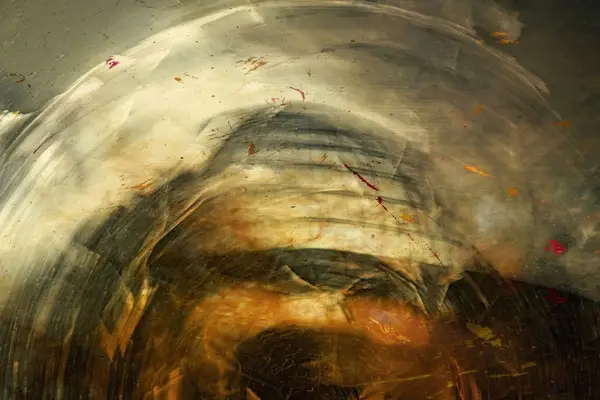Table of Contents
- Characteristics of Moral Crusades
- The Role of Moral Entrepreneurs
- The Dynamics of Moral Panic
- Case Studies of Moral Crusades
- The Sociological Implications of Moral Crusades
- Conclusion
In the realm of sociology, the concept of a “moral crusade” plays a significant role in understanding how societies define, enforce, and react to issues of morality. A moral crusade can be defined as a social movement that seeks to establish, enforce, or reaffirm a particular moral standard, often in response to perceived threats to the moral fabric of society. These movements are typically driven by a sense of moral panic, where a specific behavior, group, or phenomenon is perceived as a danger to societal values and norms. In this article, we will explore the characteristics of moral crusades, the motivations behind them, the role of moral entrepreneurs, and the sociological implications of these phenomena.
Characteristics of Moral Crusades
Moral crusades are often initiated by individuals or groups who believe that certain behaviors or social trends are harmful to society. These crusaders typically frame the issue as a moral problem that requires urgent attention and action. One of the key characteristics of moral crusades is their tendency to polarize public opinion. The issues at the heart of a moral crusade are often framed in binary terms—right versus wrong, good versus evil—leaving little room for nuanced discussion or compromise.
Another characteristic of moral crusades is their reliance on the media to amplify their message. The media plays a crucial role in shaping public perceptions by highlighting the perceived dangers associated with the issue at hand. This often leads to the creation of a moral panic, where the public becomes increasingly anxious about the threat posed by the behavior or group in question. The media’s role in moral crusades is not merely passive; it actively constructs narratives that support the crusaders’ agenda, often at the expense of objective reporting.
Moral crusades also tend to involve the mobilization of significant social and political resources. Crusaders often seek to influence legislation, law enforcement, and public policy to achieve their goals. This can lead to the criminalization of certain behaviors or the implementation of policies that disproportionately target specific groups. The intensity of a moral crusade can vary, but they often result in long-lasting changes to societal norms and laws.
The Role of Moral Entrepreneurs
Moral entrepreneurs are individuals or groups who play a central role in initiating and sustaining moral crusades. These actors are typically motivated by a strong belief in the moral righteousness of their cause and a desire to bring about social change. Moral entrepreneurs are often charismatic leaders who can effectively mobilize public support and resources for their cause.
Moral entrepreneurs utilize various strategies to promote their agenda. One common tactic is the use of rhetoric that appeals to emotions, particularly fear and anxiety. By framing the issue as an existential threat to society, moral entrepreneurs can galvanize public support and pressure policymakers to take action. They also often seek to align themselves with powerful institutions, such as the government, religious organizations, or the media, to lend legitimacy to their cause.
The success of a moral crusade often depends on the ability of moral entrepreneurs to build coalitions with other influential groups. For example, a moral crusade against drug use might gain traction by aligning with law enforcement agencies, medical professionals, and parent organizations. These coalitions can amplify the message and increase the likelihood of achieving the desired social or legal changes.
The Dynamics of Moral Panic
Moral crusades are closely linked to the phenomenon of moral panic, a term coined by sociologist Stanley Cohen in his study of public reactions to the “Mods and Rockers” in 1960s Britain. Moral panic occurs when a particular issue or group is perceived as a threat to societal values and norms, leading to widespread fear and anxiety. This panic is often disproportionate to the actual threat posed by the issue in question.
Moral panics typically follow a predictable pattern. First, a specific behavior, group, or event is identified as a threat. This is often followed by sensationalized media coverage that exaggerates the danger and heightens public concern. As the panic spreads, calls for action become more urgent, leading to increased social control measures, such as new laws, stricter enforcement, or heightened surveillance. Eventually, the panic subsides, but the social and legal changes implemented during the panic often remain.
The impact of moral panic on society can be profound. It can lead to the stigmatization of certain groups, the erosion of civil liberties, and the entrenchment of repressive social policies. Moral panics also reveal the power dynamics at play in society, as the concerns of certain groups are amplified while others are marginalized. Understanding the dynamics of moral panic is crucial for analyzing the social processes that drive moral crusades.
Case Studies of Moral Crusades
Get the full article AD FREE. Join now for full access to all premium articles.
View Plans & Subscribe Already a member? Log in.





